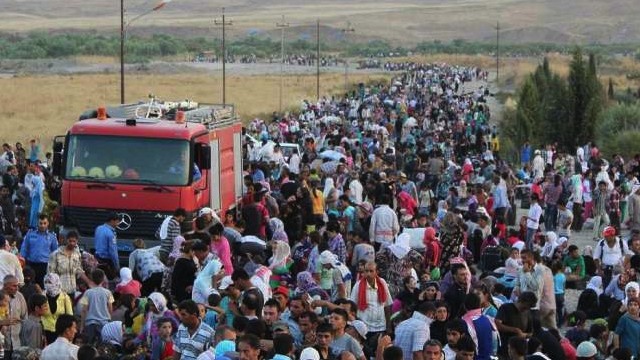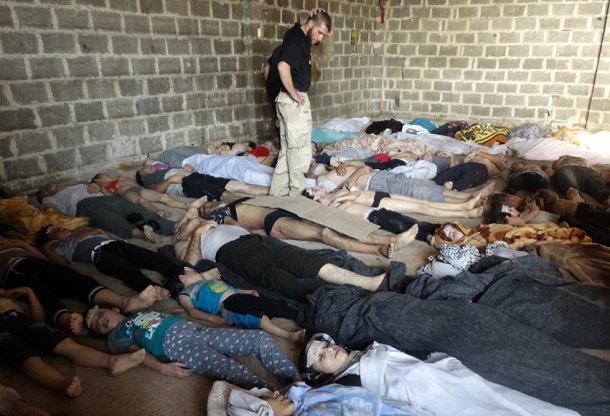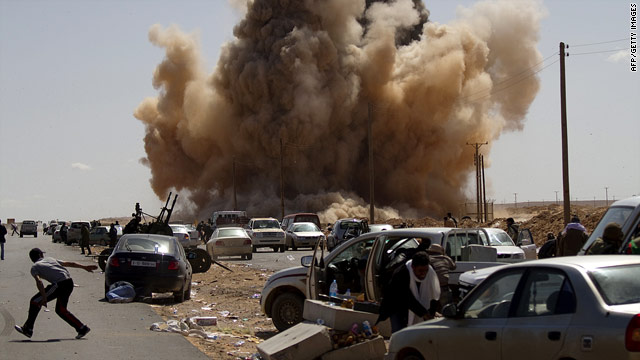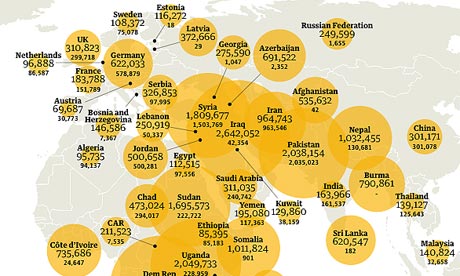Ayra Joyce Abdo
COR 330-11
Final Paper
The
Refugees of the Arab Spring
The Arab Spring is seen as a
democratic movement. Young citizens of Arabic countries were pouring out into
the streets demanding political freedom from their regimes. News stations stopped
focusing on the Arab Spring once rulers stepped down. However, that was just
the beginning for the citizens. Since 2011, Syria, Libya, and Yemen have been
unstable, many of their citizens are fleeing their countries in hope of a
better life elsewhere. This could possibly threaten the stability of the
countries that the refugees are fleeing to, even if they managed to survive the
Arab Spring (Guzansky and Striem).
When refugees flee their native
country they expect their situation to get better. However, for most refugees
they end up in a country that is just slightly more stable than where they
left. Egypt, a country that also went through its own Arab Spring, hosts
approximately 125,000 Syrian refugees along with thousands of refugees from
Libya and Sudan. About a quarter million Kurds from Syria have taken refuge in
Iraq, a country that is experiencing its own political instability. The Turkish
government has begun to construct a fence along the border to prevent potential
refugees from arriving. Jordan’s economy has been heavily burdened by the high
flow of refugees. Lebanon has refused to build permanent camps for Syrian
refugees in fear that the camps would encourage refugees to remain longer than
necessary (Guzansky and Striem).
Syria has the largest number of
displaced citizens since the Arab Spring. Approximately 9 million Syrians left
their homes since the civil war began in March 2011. They found refuge in
neighboring countries or in other areas of Syria. The United Nations High
Commissioner for Refugees (UNHCR) found that about 2.5 million Syrians fled to
immediate neighboring countries Turkey, Lebanon, Jordan, and Iraq. 6.5 million
refugees are internally displaced within Syria. Less than 100,000 Syrians have
declared asylum in Europe. A small number has been offered resettlement by
countries like Germany and Sweden (“Home”).
As a result of more than 700,000 deaths, Syrians
are afraid to stay home. The violence in Syria has gone on for long and taken
so many forms of inhumanity. The political unrest has created divisions among
its citizens that didn’t exist prior to the civil war. Even if plans are made
to better the situation it is difficult to picture Syria and its citizens
moving past this episode of cruelty any time soon. The violence in Syria
doesn’t mean that the Arab Spring failed. The civil war is a testament to the
frustration that Syrian citizens feel. The upcoming years will be an important
indicator of what will happen to Syria (Lynch).
Like
many of the leaders in the Arab world, Gaddafi believed that Libya was immune
to protests. He wasn’t aligned to the West like Ben Ali and Hosni Mubarak were
so he felt comfortable with his situation. Gaddafi believed that he had control
of his citizens (Noueihed and Warren 177).
With hindsight, perhaps
Gaddafi’s biggest error was the language he used to threaten the rebels. His
now infamous pledge to go ‘zanga zanga, dar dar’ or from ‘alley to alley, house
to house’ to ‘cleanse’ the ‘rats’ and ‘cockroaches’ carried echoes of the 1994
genocide in Rwanda, when Hutus described the Tutsis in similarly insect-like
terms (Noueihed and Warren 179).
Gaddafi learned that not only did
he not have control of his citizens, but that Western countries wanted him out
of power. On March 18th 2011, French jets launched air strikes
against Gaddafi’s troops outside of Benghazi. Other armed forces quickly
joined. The United States and British militaries bombed military depots,
enforced a no-fly zone and set up a naval blockade. The United States played a
lesser role than Britain and France, but their support was vital. Anything that
was seen as threatening to civilians was fair game because the foreign troops
wanted the people out on the streets to topple the weakened regime. Foreign
troops hoped it would only take weeks, but it took months and divided the
country into two parts, areas that Gaddafi controlled and areas that he didn’t.
Gaddafi believed that his lack of involvement with the West would be his saving
grace; instead that is ultimately what toppled him over (Noueihed and Warren 183).
The violence in Libya left many
people without a home or a way to make a living. In September 2011, six months
after the intervention began, between 30,000 and 50,000 Libyans had been killed
(Noueihed and Warren 185). By August 2011, approximately 656,000 citizens fled
Libya. As a result of Western intervention in the Libyan revolution the United
Nations (UN) refugee agency was able to swiftly respond to this large
population. The UN sent teams to both Egypt and Tunisia since many Libyan
refugees fled to those neighboring countries. The Tunisian government
specifically asked the UN and its partners to build refugee camps close to the
border to keep refugees from infiltrating more of the country. With the help of
the UN the Libyan refugees had minimal impact on the Egyptian and Tunisian
government (“North Africa Humanitarian Situation”).
Until 2012, Yemen only had one
president, Ali Abdullah Saleh. Yemen is the poorest state in the Arab world.
Yemen has an illiteracy rate of 50% and an unemployment rate of 35%.
Infrastructure barely exists outside of major cities, and even there it’s quite
possible that it has been blown up (Gelvin 70). Yemen’s landscape makes it hard
to control since two-thirds of the people live scattered and isolated in
villages that are beyond easy access by the government (Gelvin 74). Yemen has
the most heavily armed population in the Arab world, making it easy to
understand how the protests turned violent. The military openly fired at the
Yemeni citizens. This helped instigate the current civil war that Yemen is in
(Gelvin 84).
Yemen continues to be the most
heavily droned country in the world. This causes even more instability in a
weak nation that is barely kept together. Regardless of this many refugees seek
refuge in Yemen. Yemeni citizens flee their homes and move to other places in
Yemen. As a result of mass chaos in Yemen it is hard to find true numbers on
the refugee crisis in Yemen. However, as of mid-2013 the number of Yemeni
refugees was believed to be 407,718 (“Yemen”). Between 5,000 to 10,000 rebels
have had an effective guerilla insurgency against the Yemen government. They
fight with rockets, grenades, machine guns and roadside bombs to cause serious injuries
to Yemeni military members. Several thousand people have been killed as a
result of this conflict. According to Unicef, an estimated 250 Yemeni children die
from malnutrition everyday. The conflicts in Yemen have caused serious problems
for their citizens (Macleod).
The refugee crisis following the Arab
Spring has inflicted political stress on neighboring nations. There is fear
that the continued influx of refugees entering countries like Jordan, Lebanon,
and Turkey will cause those countries to have uprisings themselves.
International aid can only do so much to keep financial impact to a minimum.
Syrians continue to flee their country daily. Libyan refugees refuse to return
to their homes. Yemeni citizens continue to fight for their rights and safety
daily. The number of refugees just continues to rise. Refugees are unable to
live normal lives since they know where they are currently is only temporary.
Refugees deserve to go back home to place where civil war hasn’t torn apart everything
they had to live for (Guzansky and Striem).







No comments:
Post a Comment